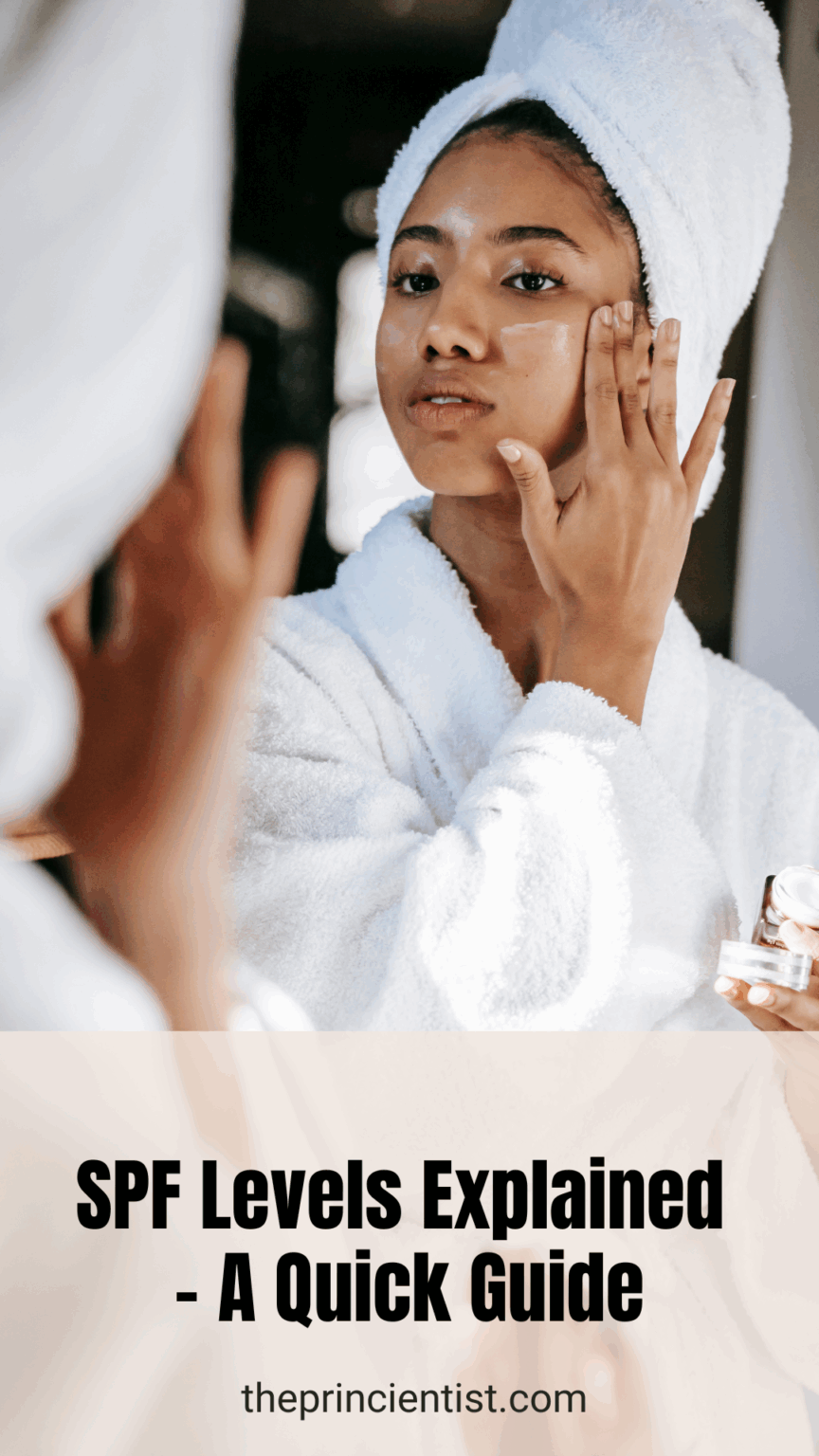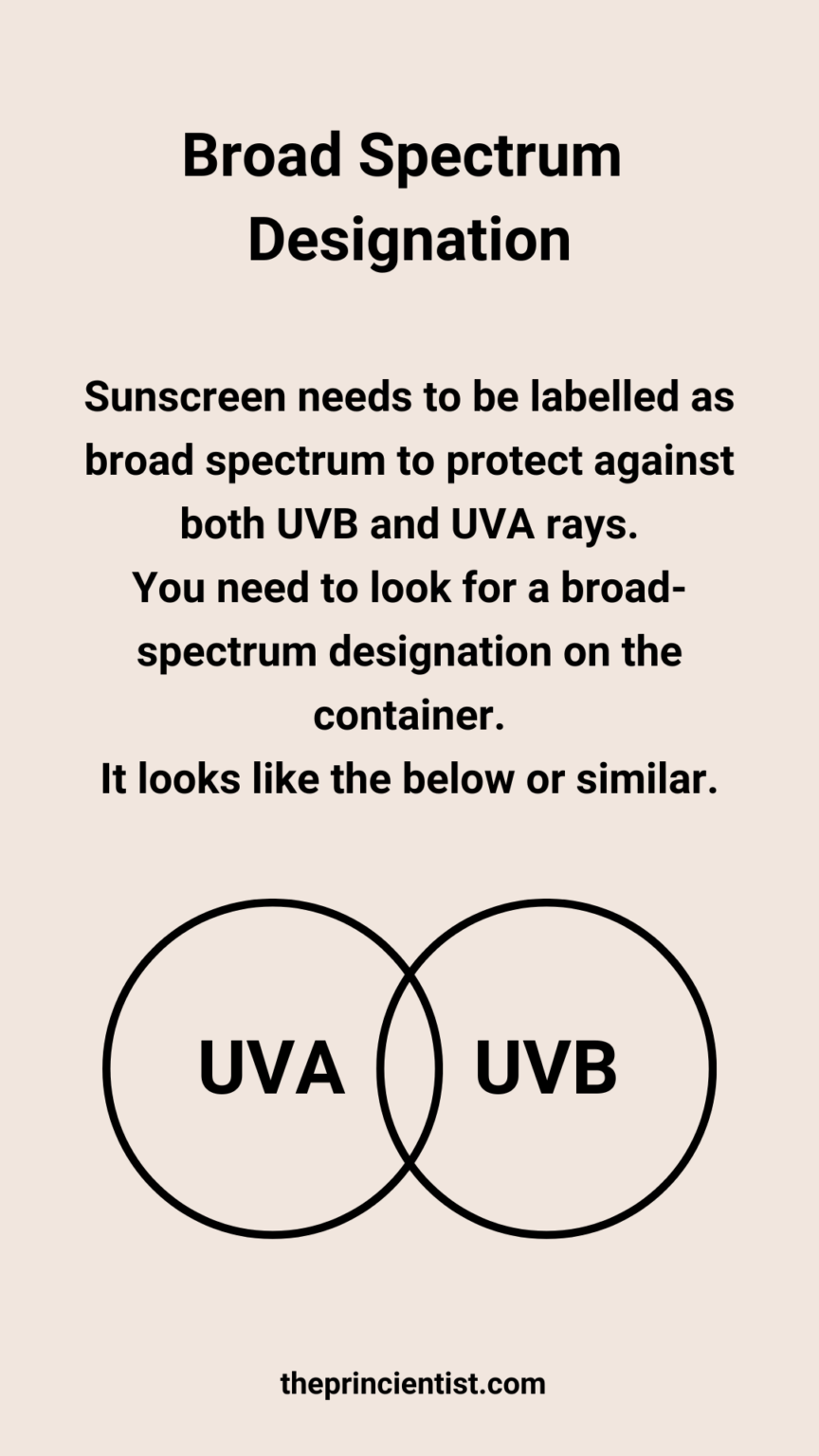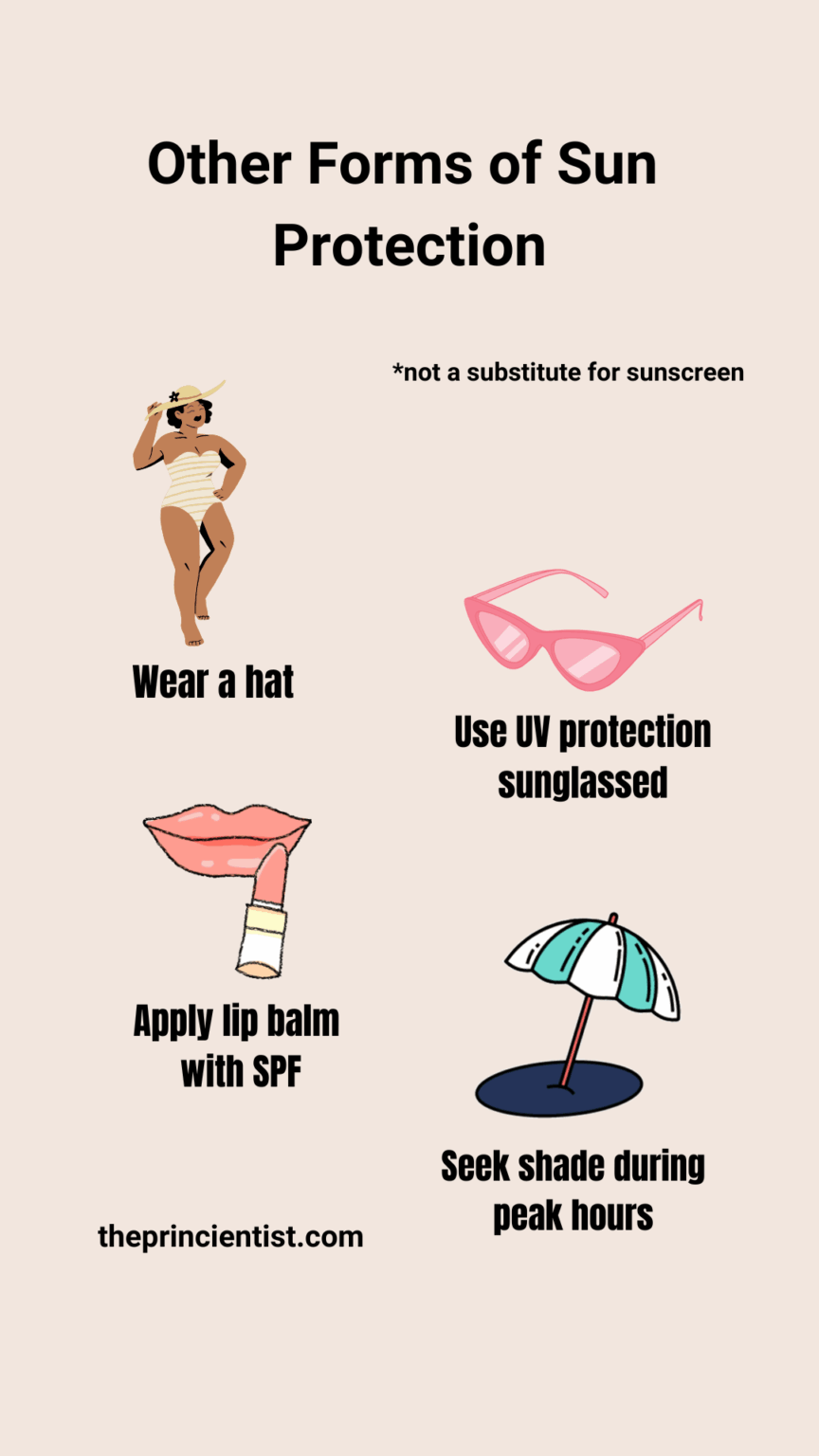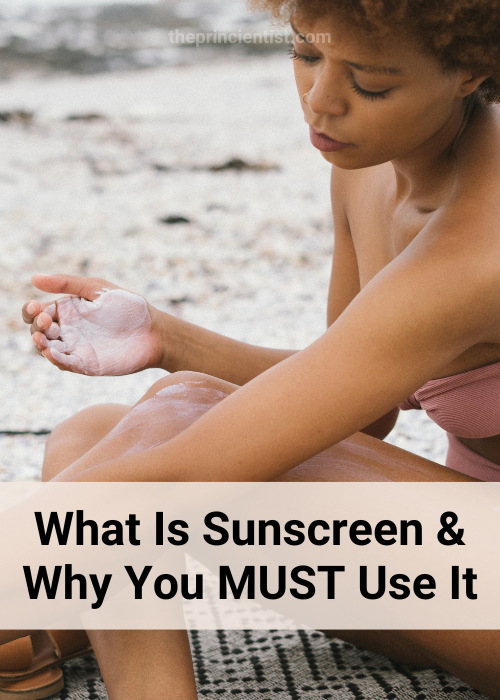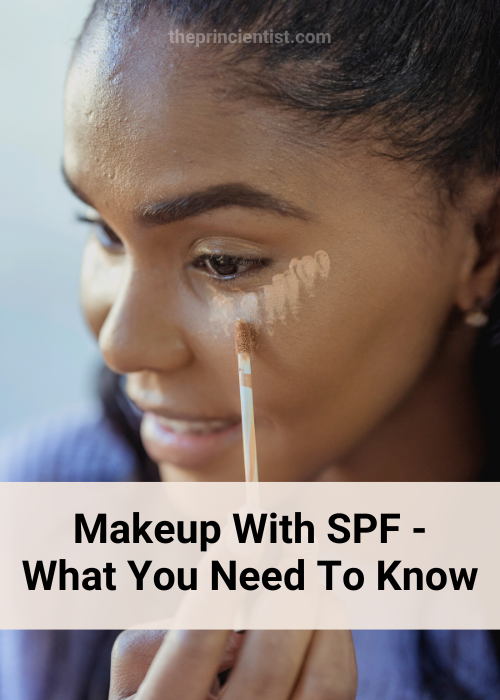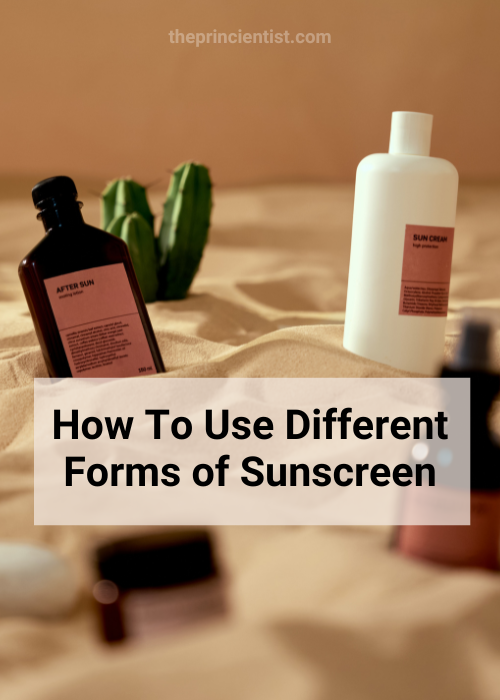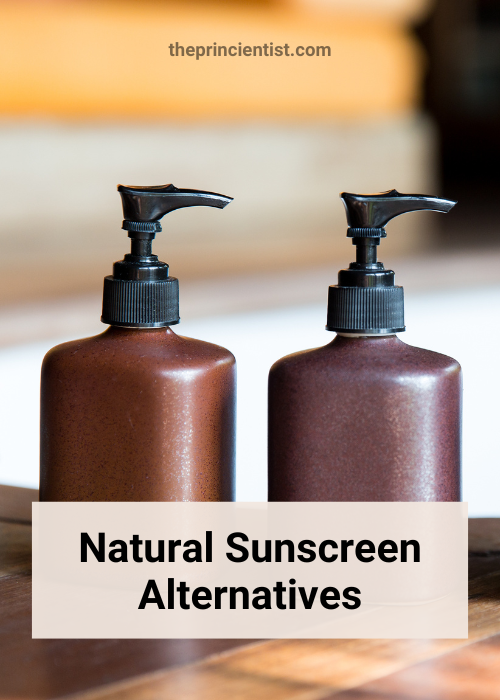Last updated on October 13th, 2025 at 04:51 pm
Understand SPF Levels and Make The Best Choice
You need discernment to make the best decision for your skin because sunscreens have different SPF levels.
This post explains the most frequently asked questions about SPF levels and dispels some common myths.
Let’s get started.
What is SPF?
SPF stands for sun protection factor.
The number beside it indicates how effectively sunscreen protects the skin against UVB rays responsible for sunburns and skin cancer.
Sunscreens are tested the same way worldwide to discover the SPF number.
Skin without sunscreen is exposed to UV light to see how long it takes to cause a minimal sunburn.
Sunscreen is then applied to the skin that is exposed again to UV rays to determine the time the skin can be exposed to the sun without being burned.
A simple formula is used to get the SPF number.
The number of seconds it takes for the skin to burn slightly when protected by sunscreen is divided by the number of seconds it takes to burn slightly when there is no sunscreen applied.
Say it took 500 seconds for the skin to burn with sunscreen, and 10 seconds to burn without it. 500 is divided by 10, which is 50.
The SPF is 50.
Sunscreens are then labelled with the appropriate SPF levels.
It is a myth that an SPF of 30 means you can be in the sun for 30 minutes, or that an SPF of 50 means you can stay in the sun for 50 minutes.
SPF is not a specific amount of time.
It refers to how much longer you can be in the sun in comparison to the days you don’t wear sunscreen.
How to find your SPF?
How does this apply to you?
Find out how long you can be in the sun before your skin slightly burns.
Depending on your skin type, skin sensitivity and sun intensity you may burn in 5, 10 minutes or longer.
It is different for different people.
Once you know how long you can be exposed unprotected multiply that number by the SPF factor of the sunscreen you are currently using, and you have the duration of your time in the sun protected.
Let’s say your skin burns after 10 minutes without sunscreen.
If you’re using SPF 30, you can safely stay in the sun for 5 hours (30 x 10 minutes = 300 minutes).
However, this does not guarantee protection throughout the entire period.
Most sunscreens wear off long before this calculated time, due to exposure to the elements as well as insufficient product application.
So, it is recommended that you reapply every two hours.
Also, note that SPF relates to a sunscreen’s ability to shield against only UVB rays.
The SPF on the label doesn’t say anything about a sunscreen’s ability to block UVA rays.
Sunscreen needs to be labelled as broad-spectrum to protect against both UVB and UVA rays.
The UVA protection needs to account for at least 1/3 of the UVB protection.
You need to look for a broad-spectrum value.
Do higher SPF levels mean higher protection?
Sunscreens are made in a wide range of SPFs.
Higher SPF numbers mean greater protection from UVB rays.
But the SPF scale is not linear, meaning that an SPF of 30 does not provide double the protection of an SPF of 15 and an SPF of 50+ is not a lot more effective than a sunscreen of SPF 30.
Also, no sunscreen can protect against 100% of UV rays.
Even a broad-spectrum SPF 50+ won’t block all the damaging radiation.
-
- No sunscreen allows for 100% photons to enter the skin and cause damage.
- SPF 15 blocks 93% of UVB rays. Only 7 photons enter the skin.
-
- SPF 30 blocks 97% of UVB rays. Only 3 photons enter the skin.
-
- SPF 50 blocks 98% of UVB rays. Only 2 photons enter the skin.
While you may not be doubling your level of protection, an SPF 30 will block more radiation than an SPF 15.
For this reason, most dermatologists recommend using an SPF 30 or higher.
To maximize safety in the sun, other measures need to be used together with sunscreen.
Apply a lip balm that contains SPF, avoid the sun in peak hours and wear UV protection sunglasses.
Disclaimer: This article is informational only. This article does not provide medical advice, diagnosis, or treatment. Any information published on this website or by this brand is not intended as a substitute for medical advice, and you should not take any action before consulting with a healthcare professional. If you have questions or concerns about caring for your skin, you should make an appointment to see a board-certified dermatologist.
How To Avoid Sun Damage – Article Series
You will learn what is a sunscreen, why you should be using them – even if you have dark skin – and how to use them to keep your skin healthy.
This post is a complete guide to sunscreens.
Choose the best sunscreen application for your skin from all the different forms of sunscreen that exist in the market.
Learn the benefits from gels, creams, powders, oils and many more sunscreens.
Many people wish to avoid chemicals while still being protected from the sun’s UV rays.
Read this post to understand if these natural susncreen alternatives are a safe alternative to regular sunscreens.
Let’s find out.

